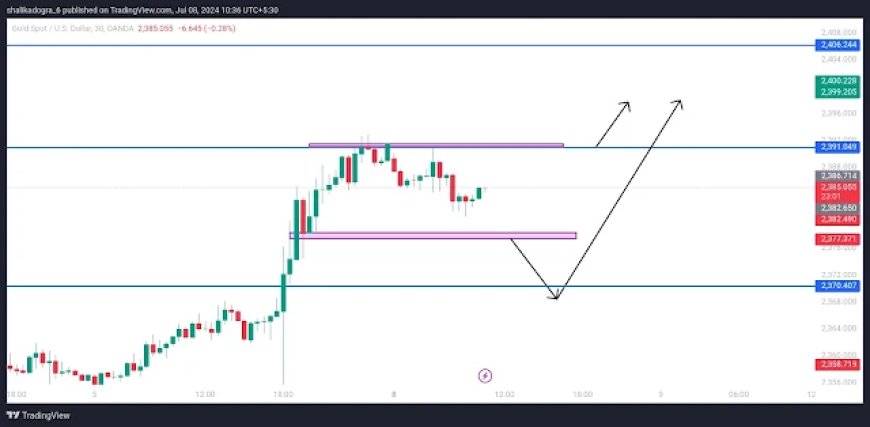Gold's Seasonal Surge | How the Dollar's Weakness Could Fuel a Bullish Rally | Forex

The U.S. dollar index appears to be on a weakening path towards the 200-day Simple Moving Average (SMA). While the trend seems to have shifted, it remains in a sideways movement due to the absence of a higher swing high or a lower swing low point. A bearish trend could commence if the decline closes below the daily SMA 200 and prints a lower swing low. Conversely, if a bounce occurs, consolidation will continue.
Considering gold's resilience against a strong dollar and rising U.S. Treasury yields, the potential reversal of these factors could significantly impact the precious metal. As the start date for the Federal Reserve's monetary expansion approaches, the dollar is expected to be actively sold off, and debt rates will likely decline. This scenario presents a favorable environment for gold. Additionally, seasonal factors may play a beneficial role.
According to research by MKS PAMP, gold tends to perform better in the second half of the year than in the first. Since 2010, its value has grown by an average of 1.2% from January to June and 1.4% from July to December. In the first half of 2024, gold rose by 2% per month, driven by active central-bank buying, high demand in China, and investor concerns about geopolitics, wars, inflation, and de-dollarization. Many of these factors remain relevant, giving XAUUSD bulls a strong chance of outperforming the July-December average.

Gold is currently rising and aims to break the short-term downtrend boundary of 2369 - 2361. If the asset pierces this zone from below and closes higher in the U.S. session, the short-term trend will shift to an uptrend. In this case, long trades can be considered, with the target at the upper Target Zone of 2451 - 2436 next week.
However, if bears manage to hold the price below the downtrend boundary and a bearish pattern emerges, short trades can be opened. The first bearish target would be in the area of 2327, with a second target at 2286.







